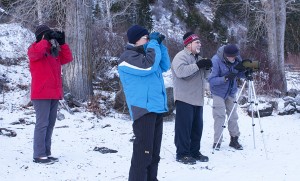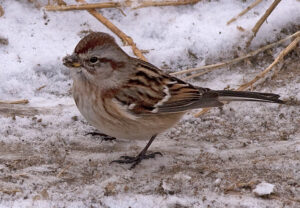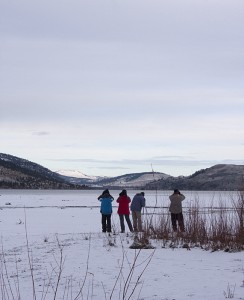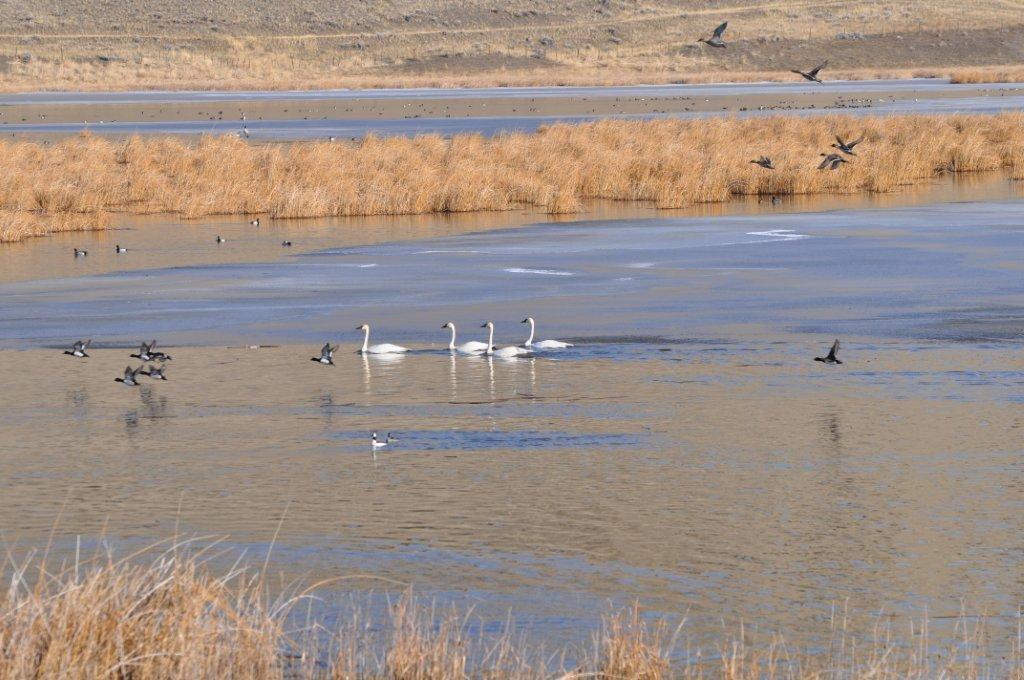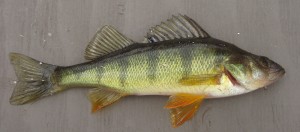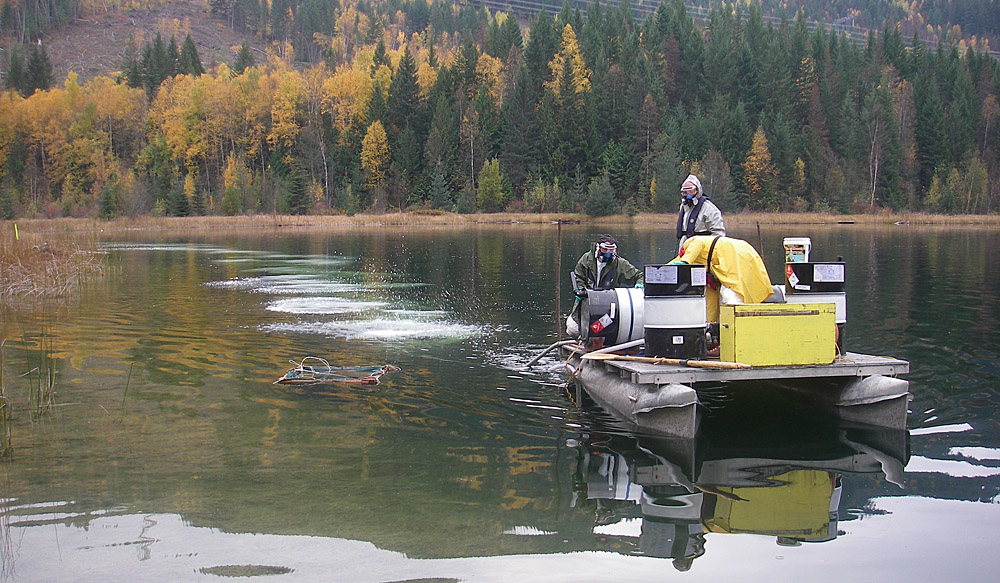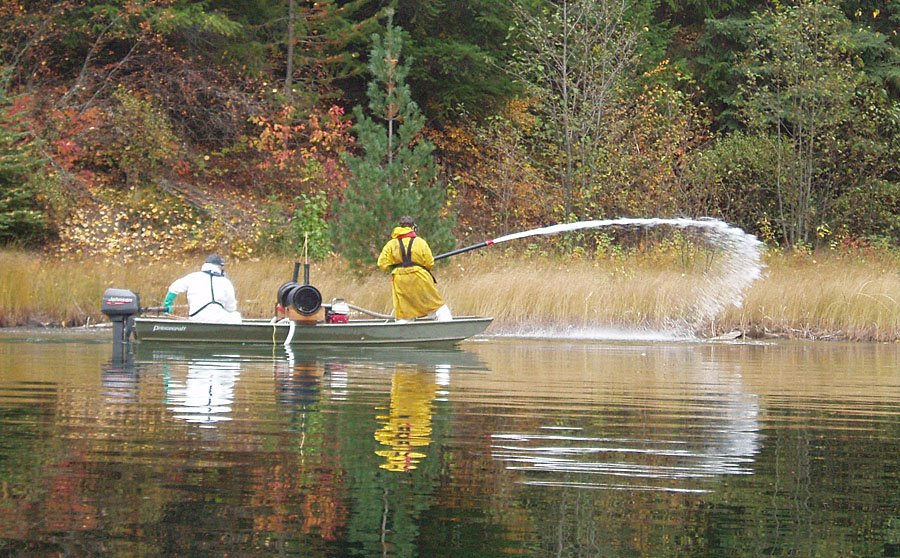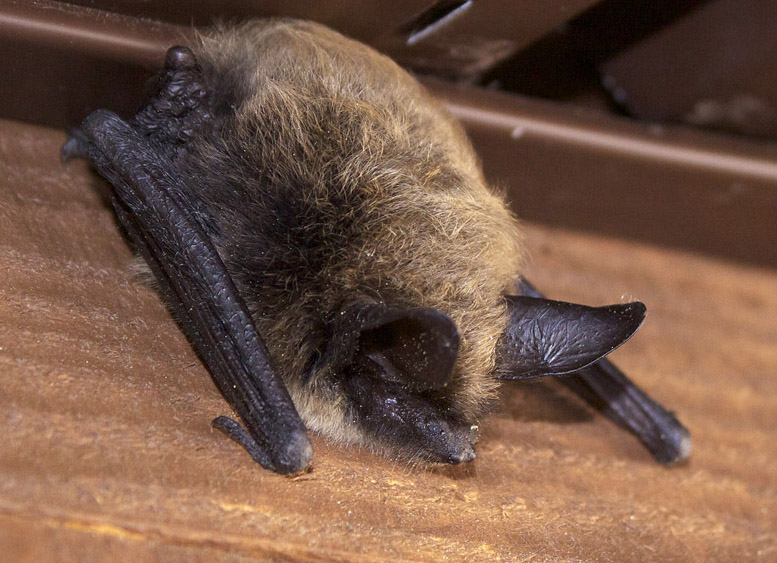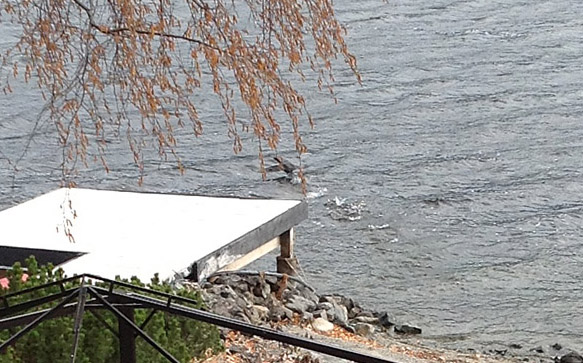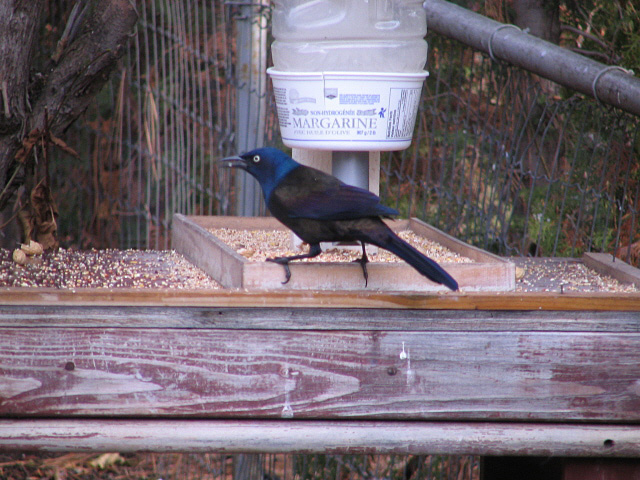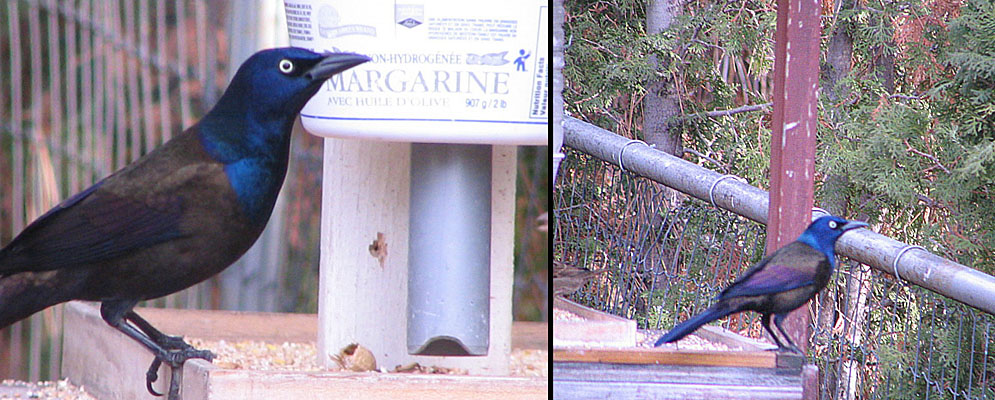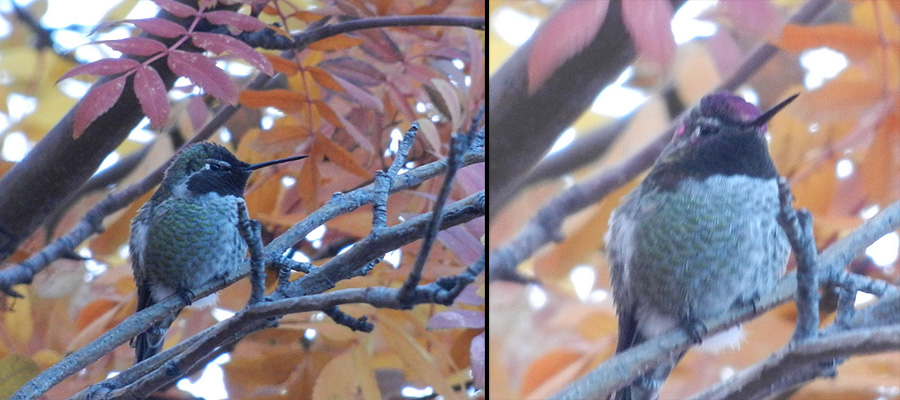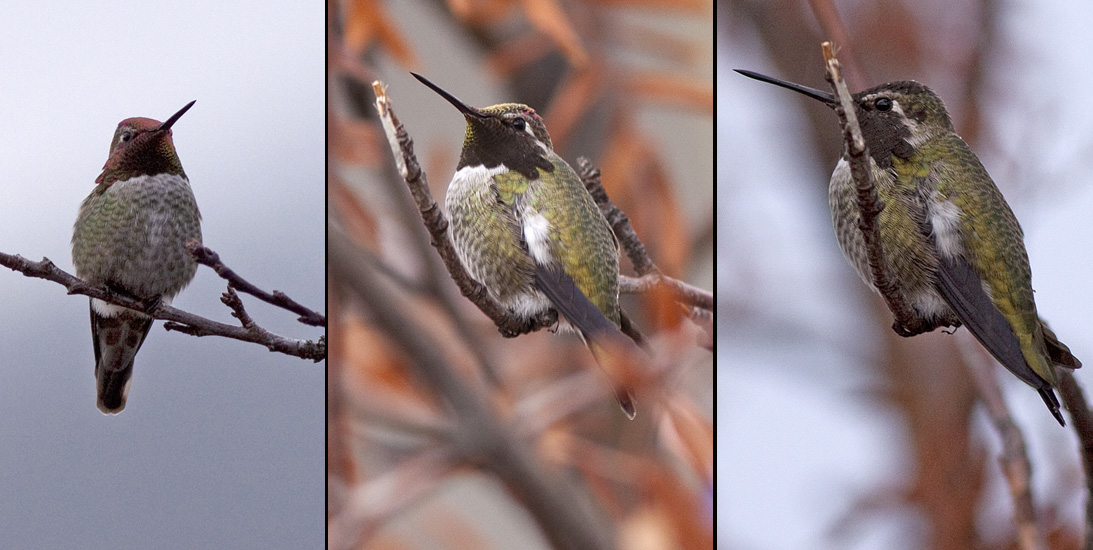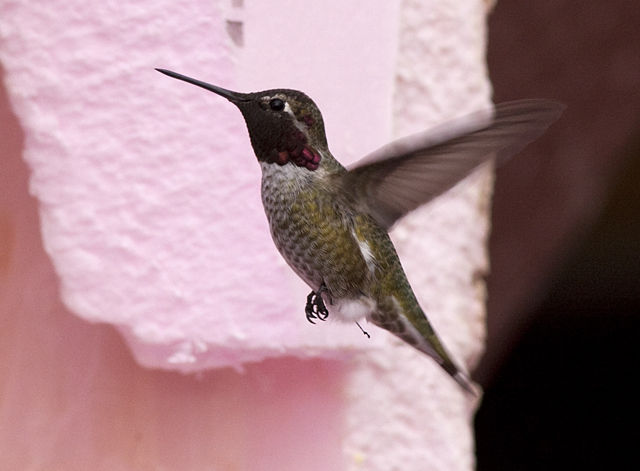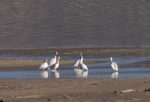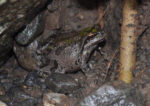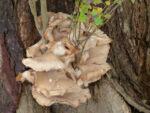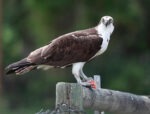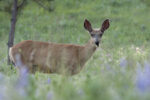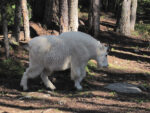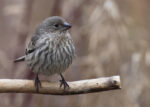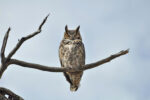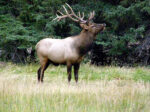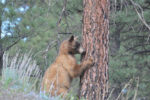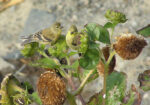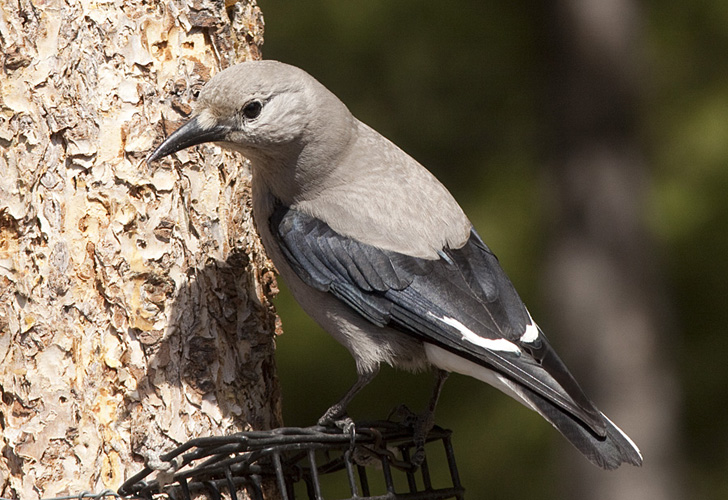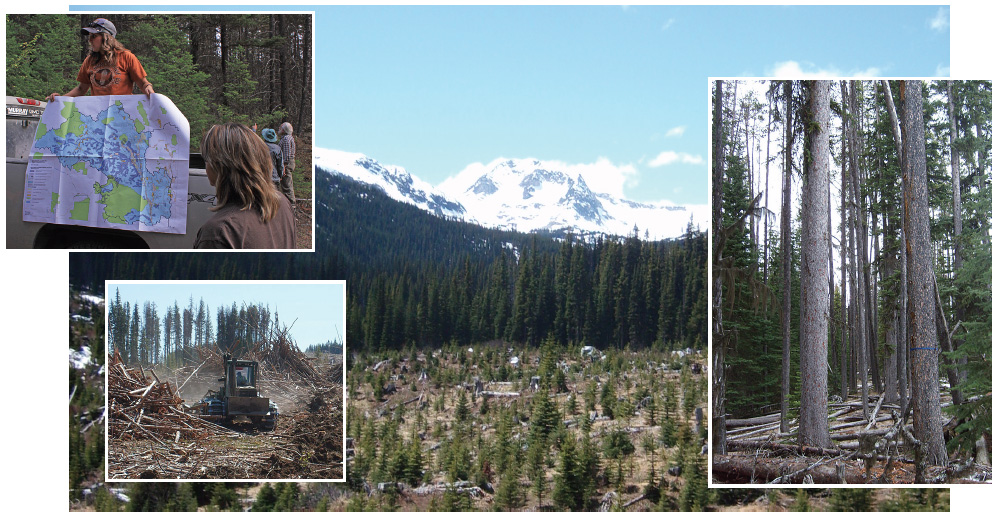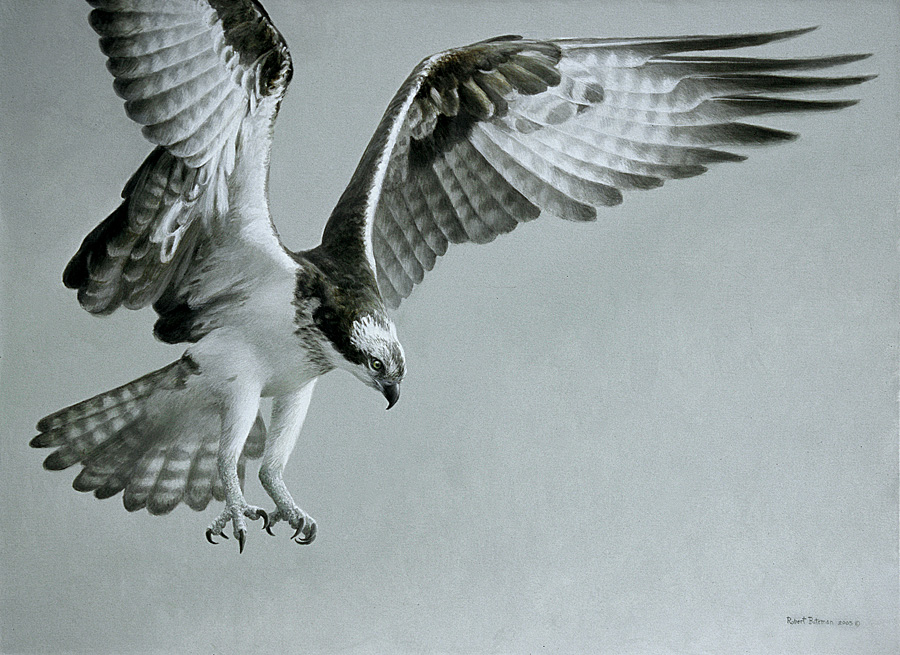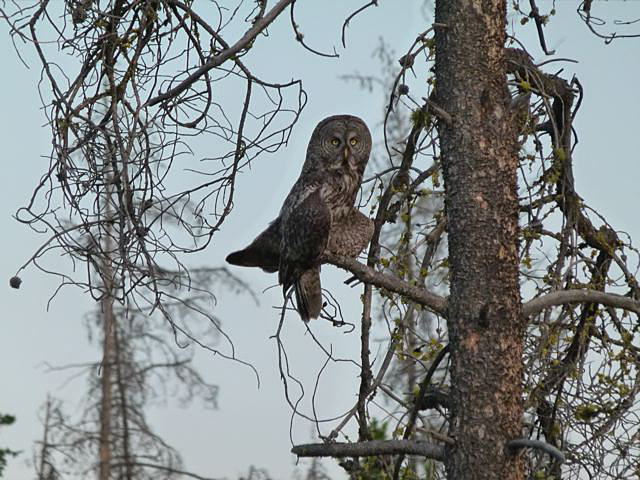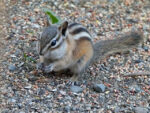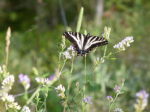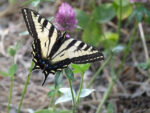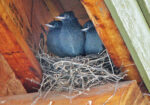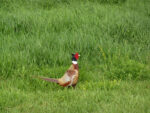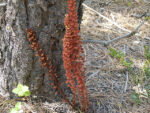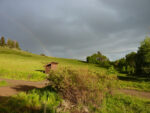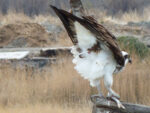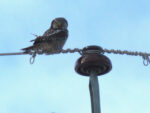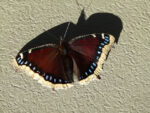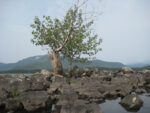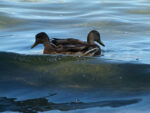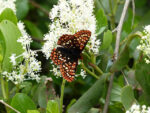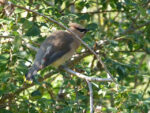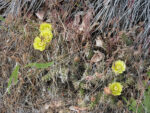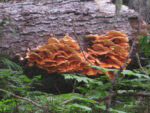The 14th annual Merritt Christmas Bird Count was held on 16 December 2012 in excellent weather. We set a new record of participants with 26 people in the field and three feeder watchers. Thanks everyone! And special thanks to Katharine and Murphy Shewchuk who hosted our post-count pot-luck supper.
Overall we recorded 64 species and 3475 birds, both slightly higher than average. We added three new species to the Merritt CBC list. Most exciting was the presence of the male Anna’s Hummingbird that had been faithfully visiting a heated feeder on Spanish Creek Place for some weeks. [Sadly this little hummer disappeared at the end of the year and was last seen on 31 December just before some very cold nights.] More information on this rare visitor to Merritt is on another posting – click here.
Other species new for our Christmas count were 3 Tundra Swans on Nicola Lake, seen among the more common Trumpeter Swans, and a single Double-crested Cormorant, also on Nicola Lake. Having the Christmas count earlier than normal this year and the mild weather preceding the count day meant that Nicola Lake was still mostly unfrozen and had many waterbirds present. A river otter was an exciting mammal sighting on Nicola Lake on the count day.
Unusual species on the Merritt Christmas count were 9 American Tree Sparrows (near Quilchena Hotel), 3 White-crowned Sparrows (at feeders in Merritt), 3 Killdeer (on the shores of Nicola Lake) and 1 Ruddy Duck (on Nicola Lake).
New high counts were recorded for 14 species
- Great Blue Heron (13 birds – previous high 9)
- Trumpeter Swan (50 – previous high 41)
- Barrow’s Goldeneye (43 – previous high 41)
- Ruffed Grouse (4 – previous high 3)
- Belted Kingfisher (6 – previous high 5)
- Northern Flicker (36 – previous high 34)
- Pileated Woodpecker (5 – previous high 2)
- Eurasian Collared Dove (115 – previous high 112)
- Common Raven (139 – previous high 131)
- Steller’s Jay (23 – previous high 19)
- Dark-eyed Junco (135 – previous high 73)
- Pine Siskin (153 – previous high 90)
- American Goldfinch (152 – previous high 60)
- House Sparrow (192 – previous high 186)
There were no sightings of American Coot and Northern Shrike, two species we usually get on the count day.
For a full table of Merritt CBC results click here: Merritt Xmas Count data to Dec 2012
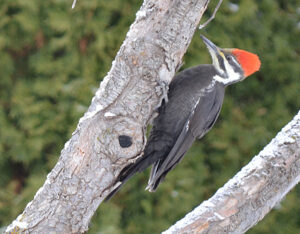
One of the five Pileated Woodpeckers reported on the Merritt Christmas Bird Count, Dec 2012. Photo: © Bob Scafe

